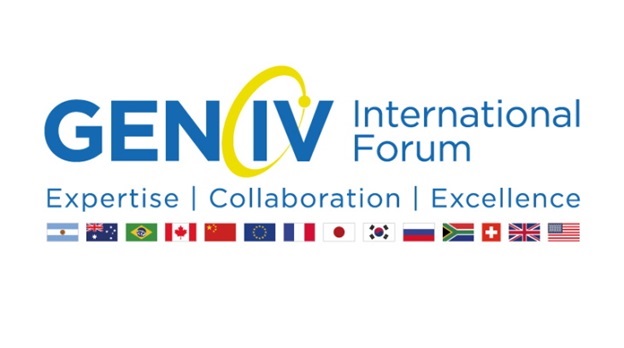Part 1 of 2 Parts
The Generation IV International Forum (GIF) held a Twentieth Anniversary conference in late April. Speakers at an international panel discussion agreed that the goals of the GIF and the six types of reactors that are its focus are as important today as they have ever been. One conclusion of the panel was that reactor demonstrations are an important way to drive the development of nuclear technology.
The panel was called Progress and Future Prospects toward Deploying GEN IV reactors as Advanced Nuclear Energy Systems. Current and past chairs of the GIF met on April 28th to discuss progress in collaborative research and development made by the forum. They provided their perspectives on progress made and the prospects for the future deployment of Generation IV systems.
The GIF was initiated by the U.S. Department of Energy in the year 2000 and formally chartered in the middle of 2001. Argentina, Australia, Brazil, Canada, China, France, Japan, Korea, Russia, South Africa, Switzerland, the UK and the USA came together with Euroatom (representing European countries) to form the GIF. Their purpose was to develop the research needed to test the feasibility and performance of fourth generation nuclear systems and to make such reactors available for industrial deployment.
The GIF has selected six reactor technologies for development. These include the gas-cooled fast reactor, the lead-cooled fast reactor, the molten salt reactor, the sodium-cooled fast reactor, the supercritical-water-cooled reactor and the very high-temperature reactor. The Organization for Economic Co-operation and Development Nuclear Energy Agency (NEA) provides the GIF's technical secretariat.
The GIF has established four very ambitious goals for Gen IV energy systems. These four goals are sustainable energy generation with minimum waste; clear life cycle cost advantages over other energy sources as well as a level of risk financial comparable to other energy projects; excellent safety and reliability, eliminating the need for off-site emergency response; and proliferation resistance and physical protection. This was mentioned by Diane Cameron, who is the head of the NEA's Nuclear Technology Development and Economics Division.
The GIF target date for the deployment of Gen IV technology is 2030 which is only eight years away. The climate change crisis requires that coal and other fossil fuels be eliminated as soon as possible. There needs to be radical decarbonization in sectors that are difficult to change. Clean generation of hydrogen is currently a hot topic. Problems with water availability require advanced desalinization techniques. All of these need simpler, safer, cheaper and, in some cases, smaller nuclear power reactors. Those reactors need to be ready in time for deployment by 2030. (There is a hot debate about whether or not such new reactor technologies can really bring the benefits that are being claimed.)
Cameron said, “There is a window of opportunity open now, but it may close in the 2030s. There's a clear possibility that 2030 technology decisions in both the public and private sector will be locked in within the next 5-15 years. So there's an urgency to the Generation IV International Forum now.”
Please read Part 2 next
